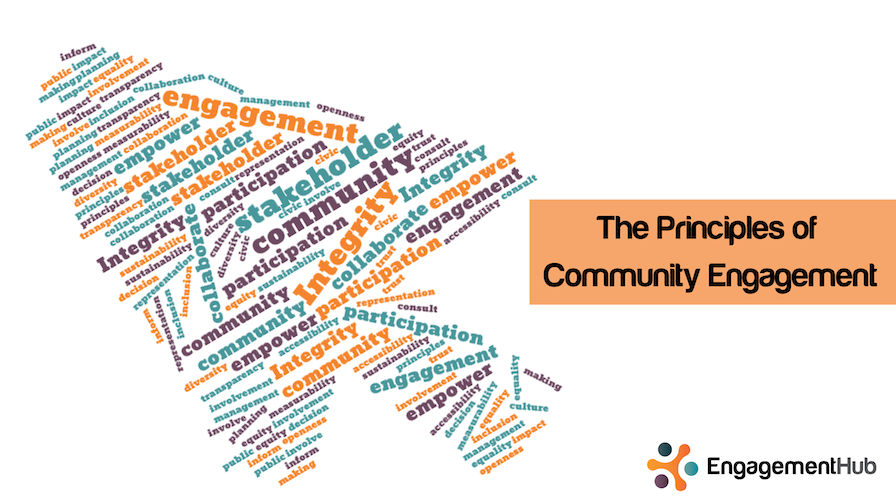Stakeholder relationship management has become really essential for the success of any organization – its projects and activities. Your stakeholder management strategy, or stakeholder engagement strategy as it is often referred, can make or break projects.
Earlier the question used to be “if you are engaging your stakeholders?”, but now it’s more of “how are you engaging the stakeholders?” or “what are your strategies to manage the stakeholders?”
As your projects and organization grow, you will interact with more people and your decisions will start impacting the interests of more people. Thus, it becomes very important that you are engaging with them as per their requirements in order to keep them engaged and well informed throughout the consultation lifecycle.
However, before you start strategizing about how to engage with and manage your stakeholders properly, let’s list down which people inside and outside the organization can be categorized as stakeholders.
Internal Stakeholders:
- Employees
- Subsidiary Companies
- Departments
- Project Control Groups
- Board Members
External Stakeholders:
- Business / Industry Partners
- Citizen Panels / Community Reference Groups
- Investors and/or Shareholders
- Customers
- Community Members
- Suppliers
- Media
- Government
- Pressure Groups
Stakeholder management is the process of engaging effectively with all these individuals and/or groups while maintaining a productive relationship with all of them. Remember, all of them will be at different positions and could have different levels of impact on your project so you have to understand each stakeholder groups’ role/level of influence/touchpoints etc before you engage with them.
Creating a Stakeholder Engagement Strategy during consultative processes
You need to understand that every stakeholder will not be interested in knowing every little progress of your project, while some might want to be updated regularly. Put yourself in the shoes of each of your stakeholders’ group and find answers to the following questions for each one of them:
- What and how much interest do they have in the outcome of your project or work?
- Is there pre-existing opinions understood already?
- What motivates, influences or affects them the most?
- What information do they require from you and which communication method do they prefer?
- What potential opportunities and/or threats do they bring on the table for you?
- What level of influence do their opinions have on decision making?
Subsequently, you can categorize the influence that every stakeholder can have on your project on a scale:
High: The stakeholders who have significant influence to impact the progress, decisions and final results of the project.
Medium: The stakeholders who have a high interest in your project, but lesser influence to impact the time frame and/or results of the work.
Low: The stakeholders who have very little interest and/or influence.
How to Maintain Relationships with Stakeholders Effectively?
Stakeholders’ relationship management requires communicating with these people in a manner and at a time so that they understand the benefits of your project. Since all of your stakeholders might not be present in the same time zone, having a stakeholder relationship management tool can make it more convenient for you and your stakeholders to discuss plans and actions.
Engagement Hub is an all-inclusive stakeholder relationship management tool that drives participation and collaboration with a user-friendly interface.
Contact us for a detailed proposal, book a demo to organize an online screen share and discussion of your objectives, or to explore the features in detail on our Engagement Hub demonstration site.





